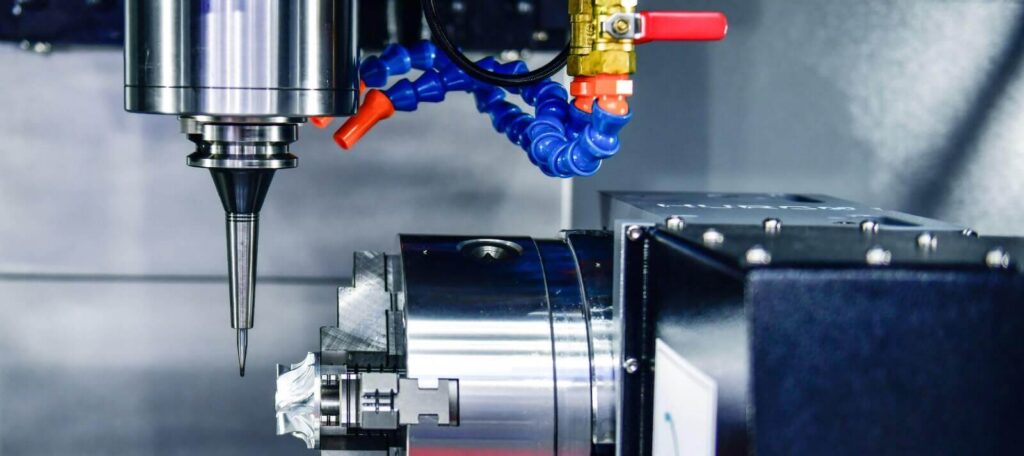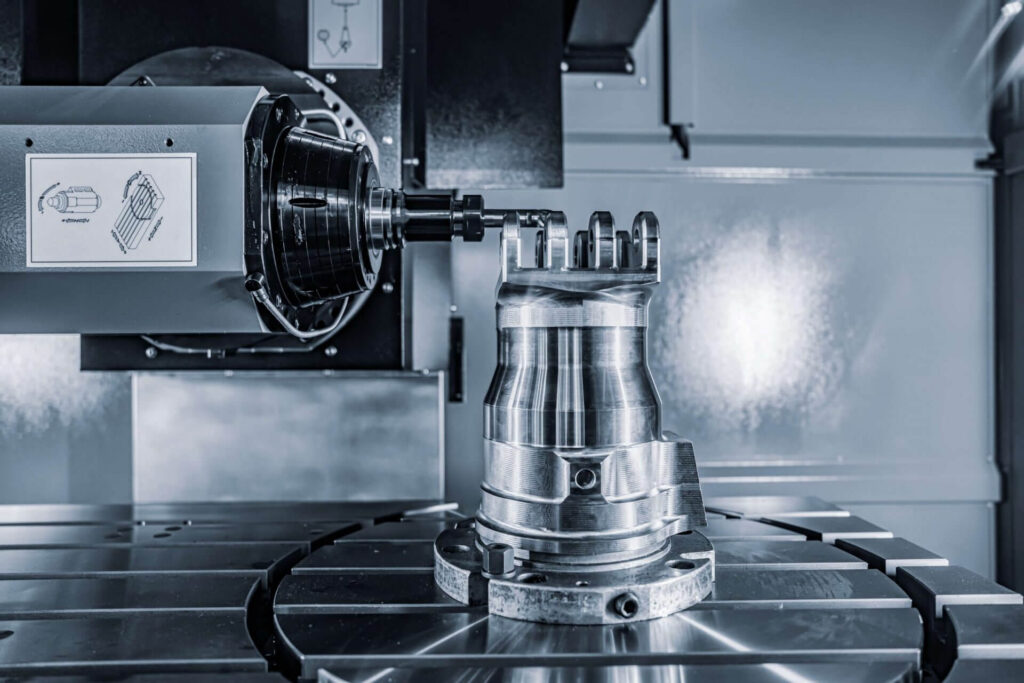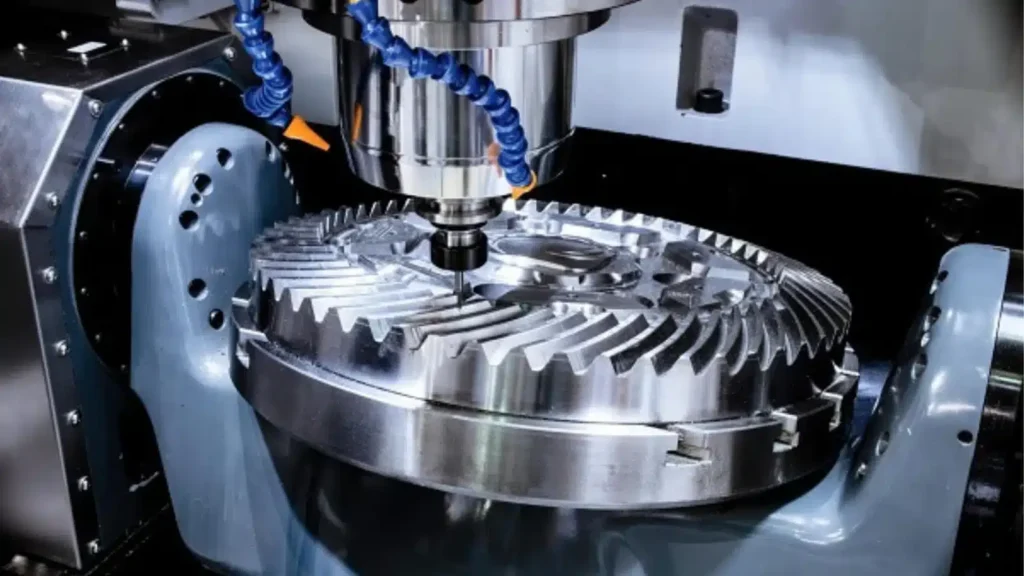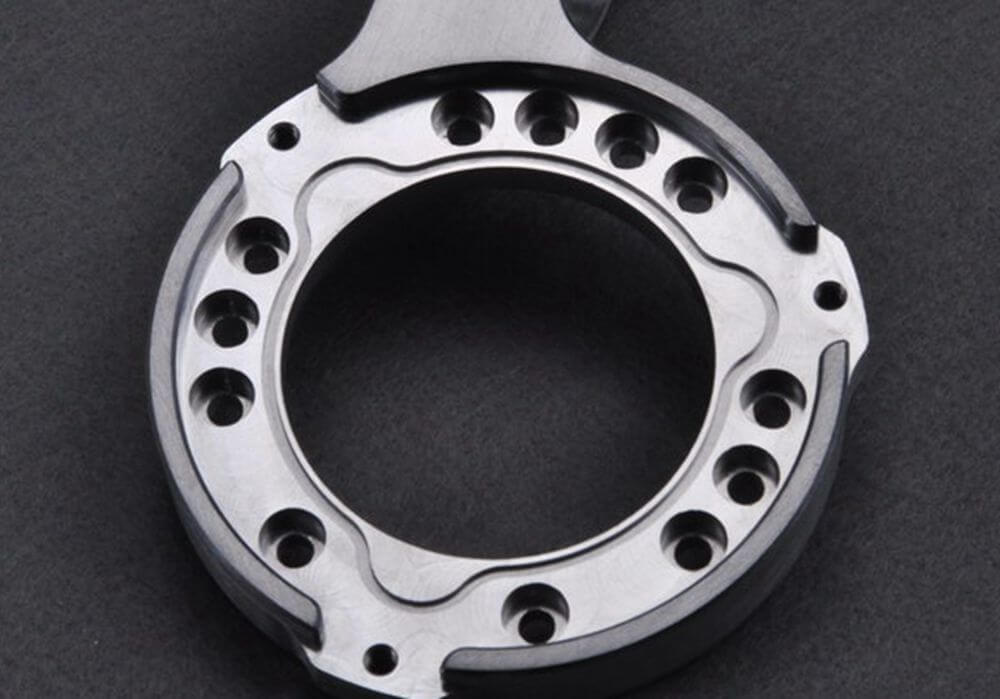Common Causes of Material Damage in CNC Machining
CNC machining is a widely used manufacturing process that involves the precise shaping and cutting of materials using computer-controlled machines.
While CNC machining offers many benefits, such as increased efficiency and accuracy, in some cases the cutting process can cause material damage. Understanding common causes of material damage in CNC machining is critical for manufacturers to minimize waste and ensure the production of high-quality parts.
1.Excessive Cutting Forces
In CNC machining, when cutting forces exceed the strength of the material, it can cause part deformation, cracking, or even complete failure. This occurs when cutting parameters, such as feed rate or depth of cut, are set too high for the material being machined. To prevent excessive cutting forces, manufacturers must carefully select the appropriate cutting parameters based on the material’s characteristics and desired results.

2.Improper Tool Selection
In CNC machining, different materials require different types of cutting tools to achieve the best results. Using the wrong tool in CNC machining can result in poor surface finish, tool wear, and even part damage. For example, using a tool with a large rake angle on a brittle material can cause the material to chip or crack.
Manufacturers must consider factors such as material hardness, cutting speed, and tool geometry when selecting the right tool for a specific CNC machining operation.

3.Inadequate Cooling and Lubrication
In CNC machining, the heat generated during the cutting process can cause the material to soften or bend, resulting in poor dimensional accuracy or surface finish. Proper cooling and lubrication help dissipate heat and reduce friction between the tool and the material to ensure a smooth cutting process.
Manufacturers should use coolants or lubricants suitable for CNC machining materials and ensure they are used correctly to prevent overheating and material damage.
4.Tool Deflection
When a cutting tool deflects or bends during the cutting process, it can lead to inaccurate cutting, poor surface finish, and even tool breakage. Tool deflection can also occur due to factors such as improper toolholder rigidity, excessive cutting forces, or insufficient support.
Manufacturers must ensure that CNC machining toolholders and machine tool units have sufficient rigidity to withstand cutting forces and minimize tool deflection to ensure a smooth production process.

5.Improper Chip Evacuation
Chips generated during the cutting process must be effectively removed from the cutting zone to prevent them from interfering with the cutting operation or damaging the part. Inadequate chip evacuation can lead to chip re-cutting, which can result in poor surface finish, increased tool wear and even chip jamming.
Manufacturers should use appropriate chip evacuation methods, such as through-the-tool coolant or chip conveyors, to ensure chips are effectively removed from the cutting zone.
In summary, understanding the common causes of material damage in CNC machining is critical for manufacturers to produce high-quality parts and minimize waste. Excessive cutting forces, improper tool selection, insufficient cooling and lubrication, tool deflection and improper chip evacuation are some of the factors that lead to material damage.
By carefully considering these factors and implementing appropriate measures, manufacturers can ensure that the cutting process is smooth and efficient while maintaining the integrity of the material and end product.
